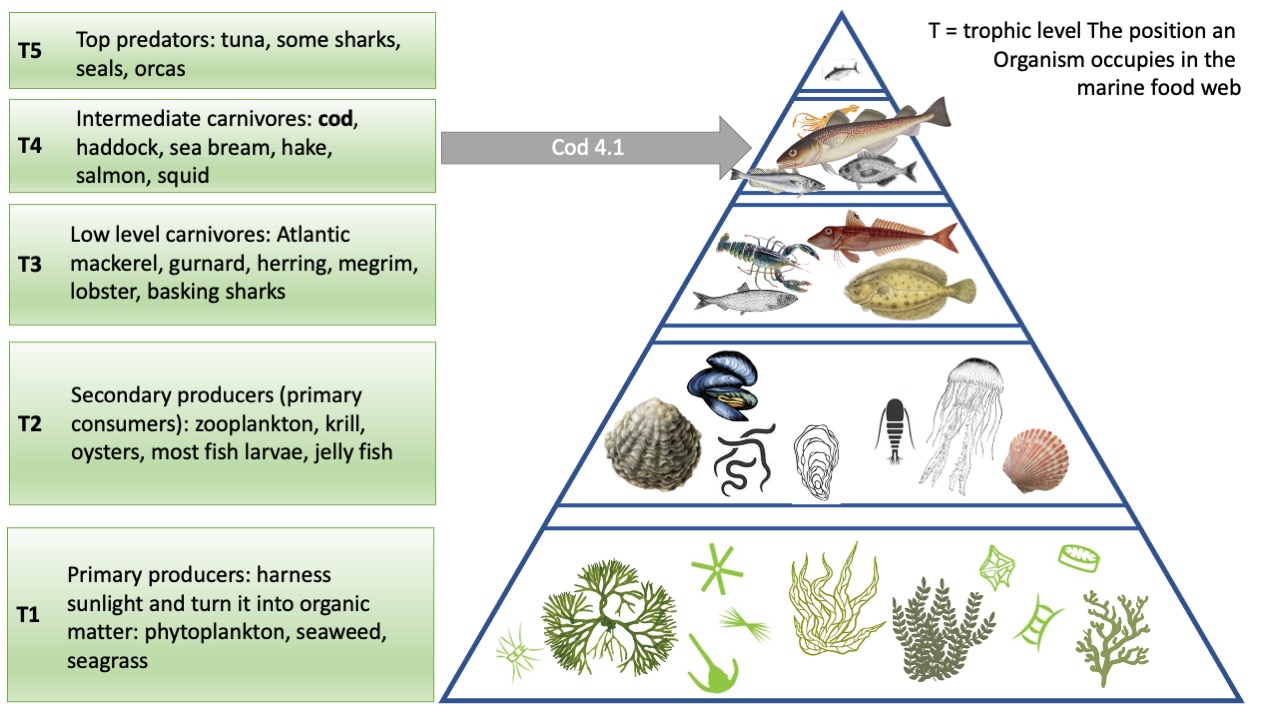Sustainability of cod in Ireland
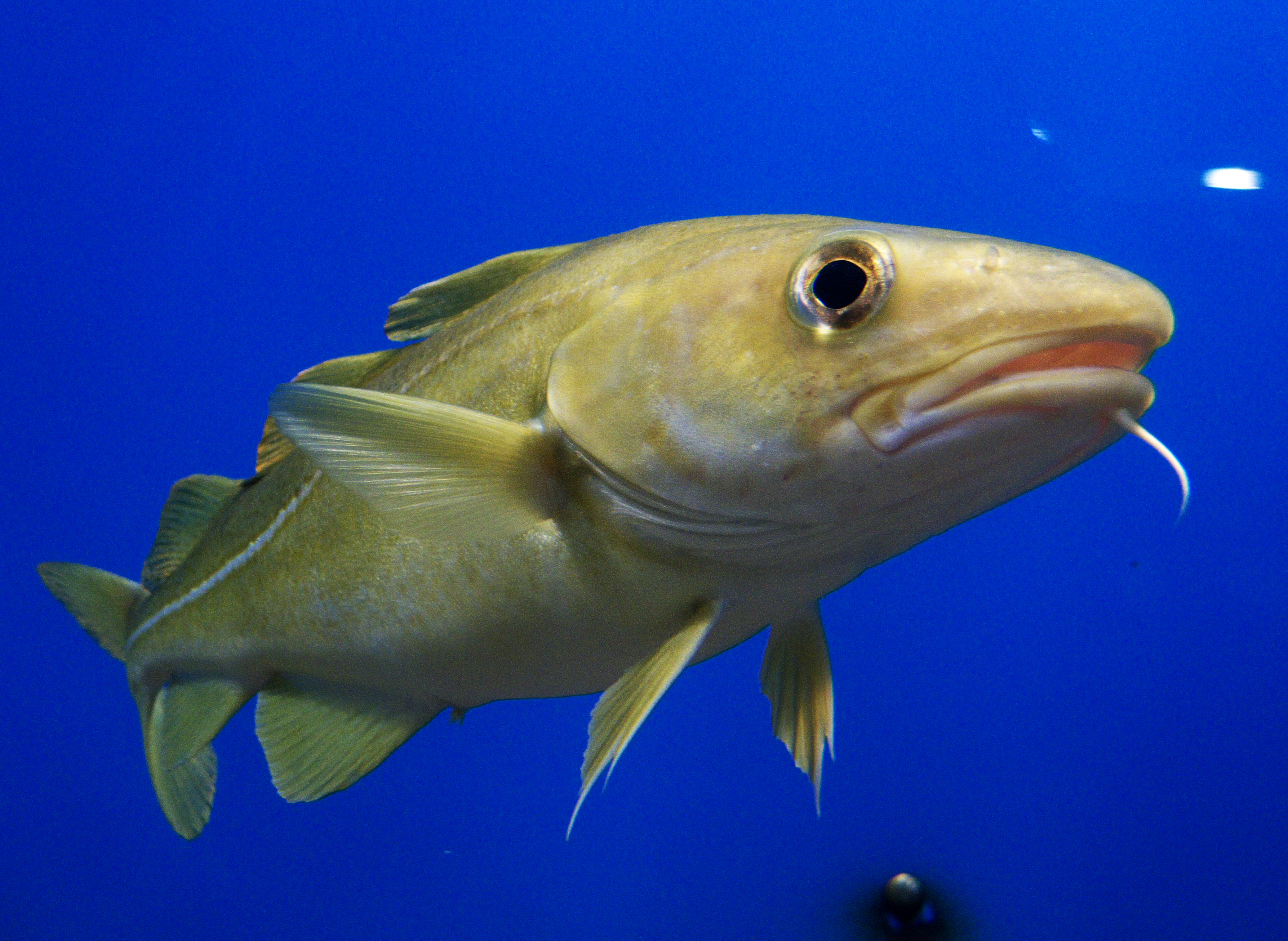
- Sustainability rating: 4-5 avoid, consume alternative, more sustainable choices
- MSC certified: some fisheries hold MSC certificates
- Recommended minimum size: 45cm
- Season: May - September
- Fishing method: demersal tral, longline gillnet
The cod fishery is not sustainable and Gadus morhua is classified as vulnerable under the IUCN of threatened species.

We recommend that you try out our cod head terrine with alternative, sustainably harvested fish such as pollock. But if you absolutely have to have cod and no other alternative will do, the best choices are from Iceland and the north-east Arctic (Norway and Russia) caught by longline or gillnet and MSC certified. But even these fisheries are not currently considered sustainable by ICES.
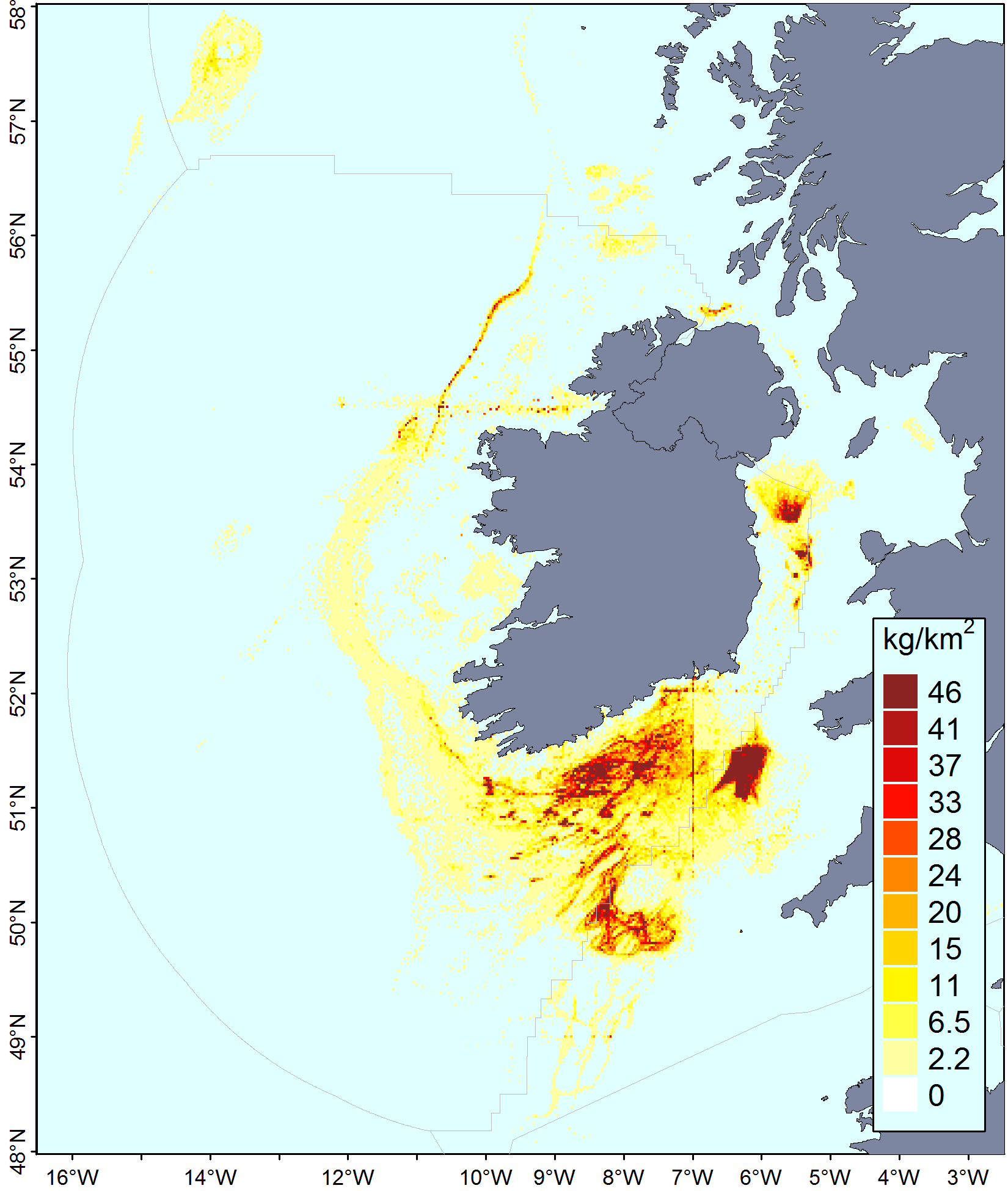
We used cod, because as a fish monger, Niall Sabongi who took on this recipe had cod heads as waste and was keen to use them up. Using the entire animal is another take on sustainability and a practise that existed for centuries and one that only recently went out of fashion.
We will try to outline the complex cod problem here: The cod stocks in the EU’s Western Waters have been in dire straits for a long time and despite of repeated warnings and calling for zero catch quota by scientists, the EU fisheries policy remains blinkered by a focus on short-term economic returns. The key message by scientists is the same for over 20 years: ‘the only way for overfished cod populations to recover is to reduce fishing pressure and close the fishery in the Celtic Sea and West of Scotland completely’. And yet, fisheries management focus on maximising the exploitation of commercially important stocks, rather than on an ecological approach that recognises the interactions of species through food webs and the importance of predatory fish, like cod. Not having cod as a top predator in our seas leaves the whole system unbalanced making it more vulnerable and less resilient to climatic and human pressure.
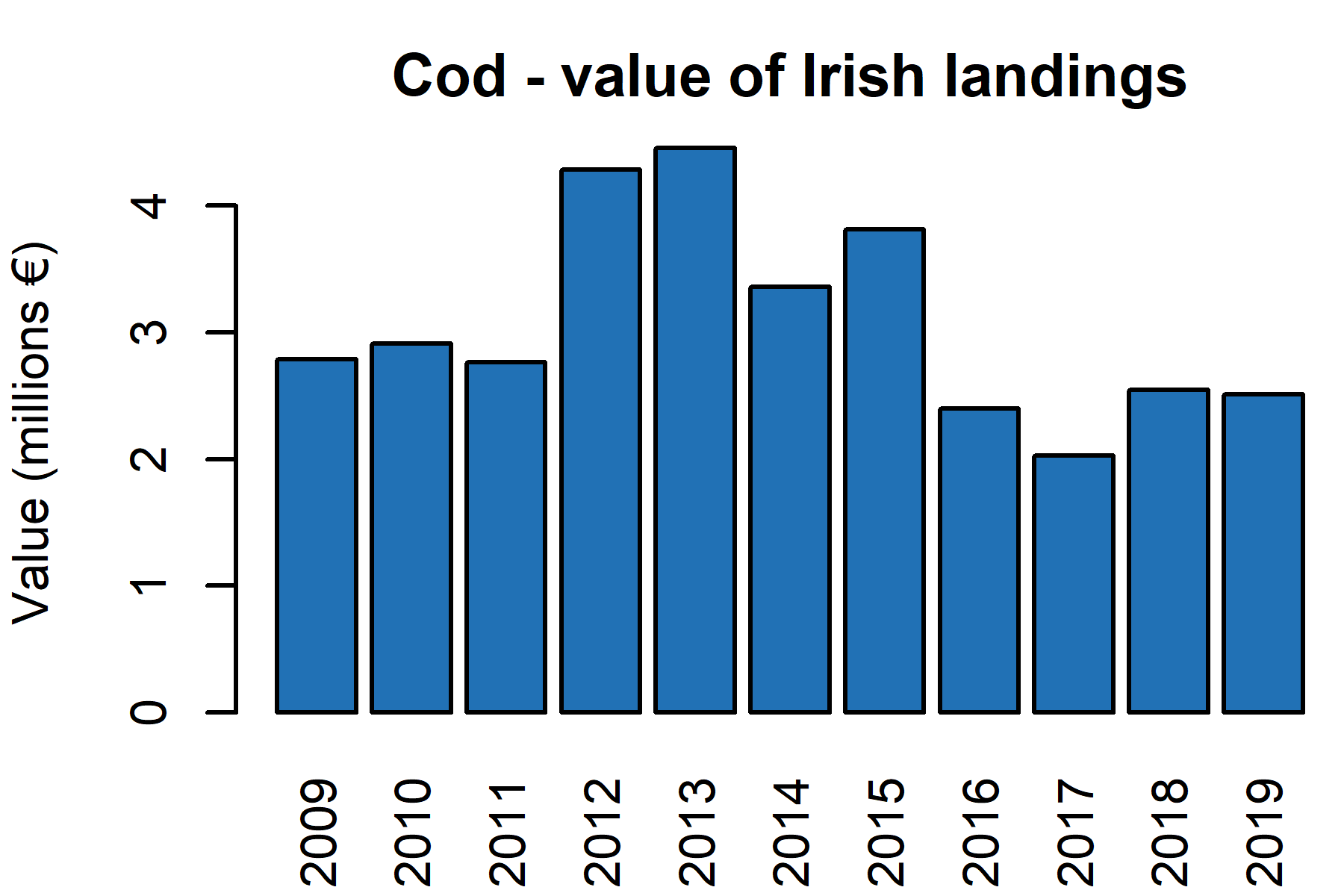
Short-sighted decision-making also continues to ignore the potential long-term value of restoring cod stocks to both the fishing industry and associated businesses along the supply chain, consumers and ecosystems.
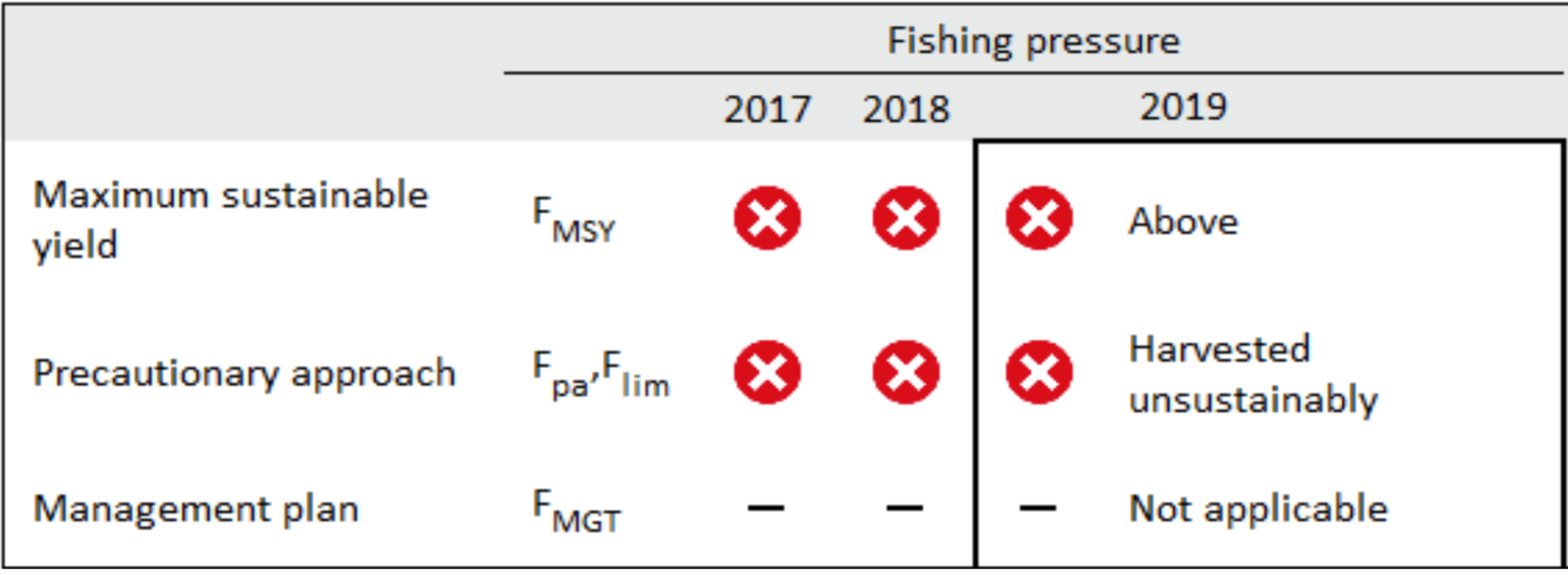
ICES advises the total allowable catch for cod in the Irish Sea for the coming years to be exclusively for bycatch. No directed (cod-targeted) fisheries are permitted under this quota. Most cod is currently caught in demersal and mixed fisheries as well as Nephrops targeted trawls. Vessels targeting Nephrops in this regions must use highly selective gear such as SELTRA trawl, large mesh (30cm) square mesh panels or sorting grid as a condition of national license obligations.

This sounds promising. However, scientists argue that the problem lies within the mixed-fisheries approach - to manage all stocks sustainably in mixed-fisheries, it is argued that fishing should be limited by the needs of the most vulnerable species and therefore stopped once that stock is depleted, even if it means available quota from other stocks goes unexploited. However, politicians are not willing to take that responsibility, because it means economic decline in the short-term.
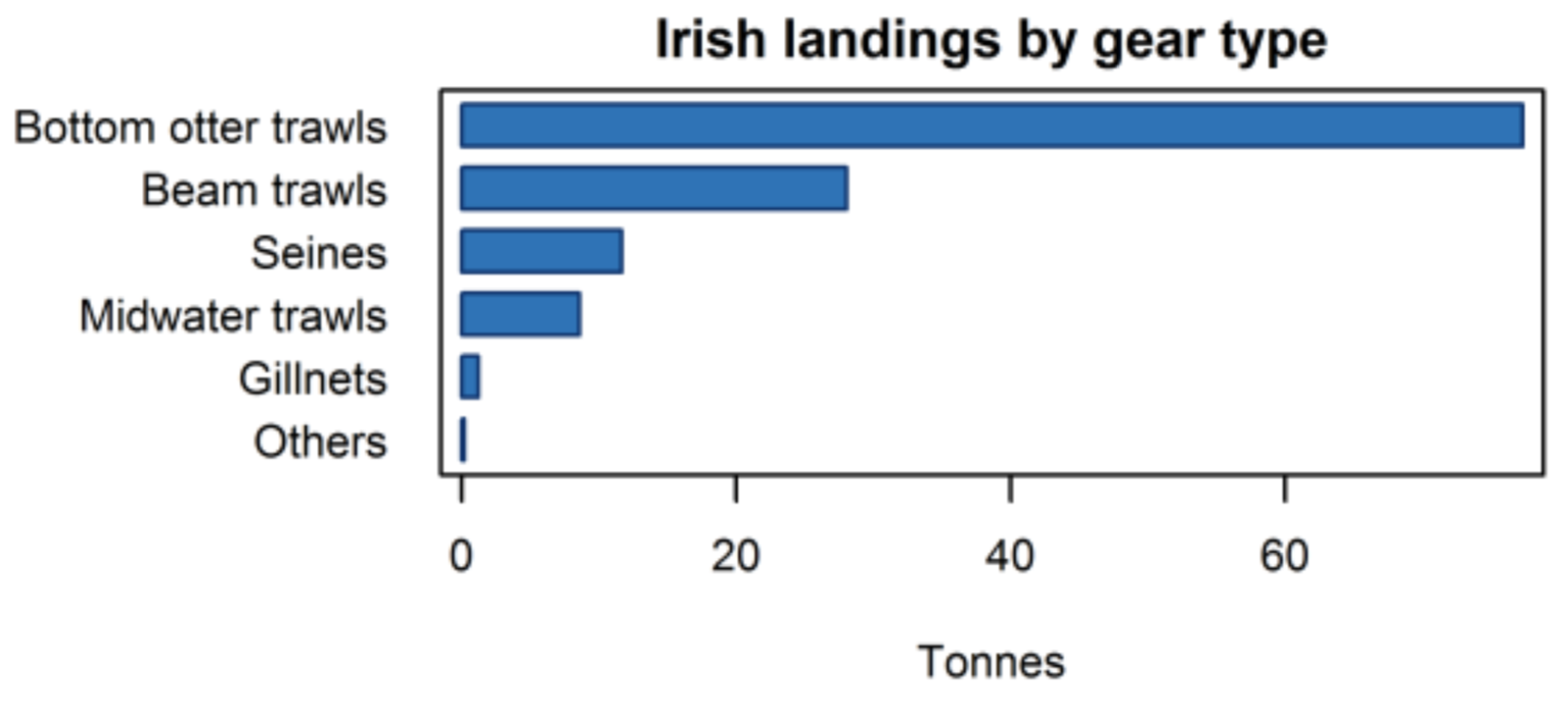
The cod find themselves in this disastrous situation, because politicians are being led by industry repeatedly setting catch limits above the level advised by scientists trying to maintain the status quo. As a consequence, several fisheries have to be closed in order to comply with the Common Fishery Policy’s 2020 legal deadline to end overfishing. This whole cod malarchy could have been avoided if the advising scientists would have been listened to years ago. One lesson that might be learned from the cod story is that one cannot negotiate with nature.
The image below shows a SELTRA trawl net used in the Nephrops fishery with a large mesh sorting panel on top so that small cod can escape.
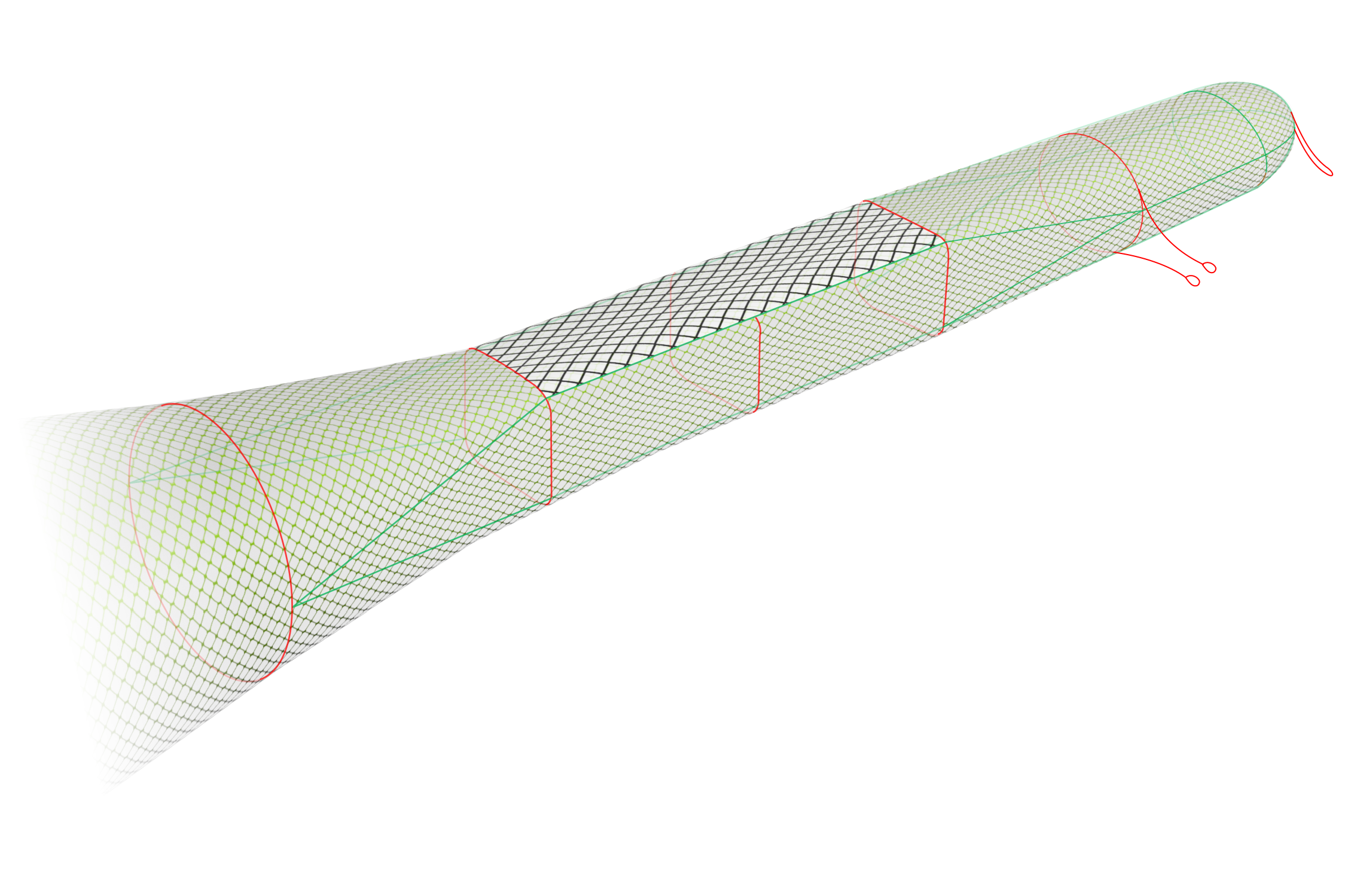
Cod in the Marine Food Pyramid
